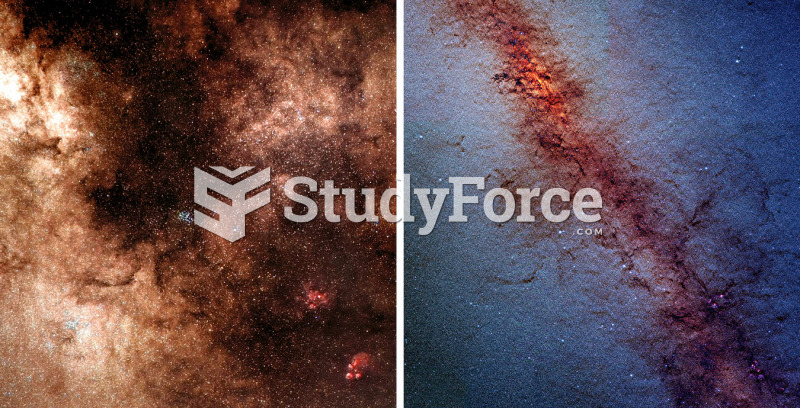Answer to Question 1
Attempts at economic integration in Central American countries and throughout the Caribbean basin have been much more modest than efforts elsewhere in the Americas.
Caribbean Community and Common Market (CARICOM)-The Caribbean Community and Common Market (CARICOM) trading bloc was formed in 1973. There are 15 full members, 5 associate members, and 7 observers active in CARICOM. Although the Bahamas is a member of the community, it does not belong to the common market. As a whole, CARICOM has a combined GDP of nearly 30 billion and a market of almost 6 million people.
A key CARICOM agreement calls for establishment of a CARICOM Single Market, which would establish the free movement of factors of production including goods, services, capital, and labor. The main difficulty CARICOM will continue to face is that most members trade more with nonmembers than they do with one another simply because members do not have the imports each other needs.
Central American Common Market (CACM)-The Central American Common Market (CACM) was formed in 1961 to create a common market among Costa Rica, El Salvador, Guatemala, Honduras, and Nicaragua. Together, the members of CACM comprise a market of 33 million consumers and have a combined GDP of about 120 billion. The common market was never realized, however, because of a long war between El Salvador and Honduras and guerrilla conflicts in several countries. Yet renewed peace is creating more business confidence and optimism, which is driving double-digit growth in trade between members.
Furthermore, the group has not yet created a customs union. External tariffs among members range between 4 and 12 percent. The tentative nature of cooperation was obvious when Honduras and Nicaragua slapped punitive tariffs on each other's goods during a recent dispute. But officials remain positive, saying that their ultimate goal is European-style integration, closer political ties, and adoption of a single currencyprobably the dollar. In fact, El Salvador has adopted the U.S. dollar as its official currency, and Guatemala already uses the dollar alongside its own currency, the quetzal.
Answer to Question 2
B







